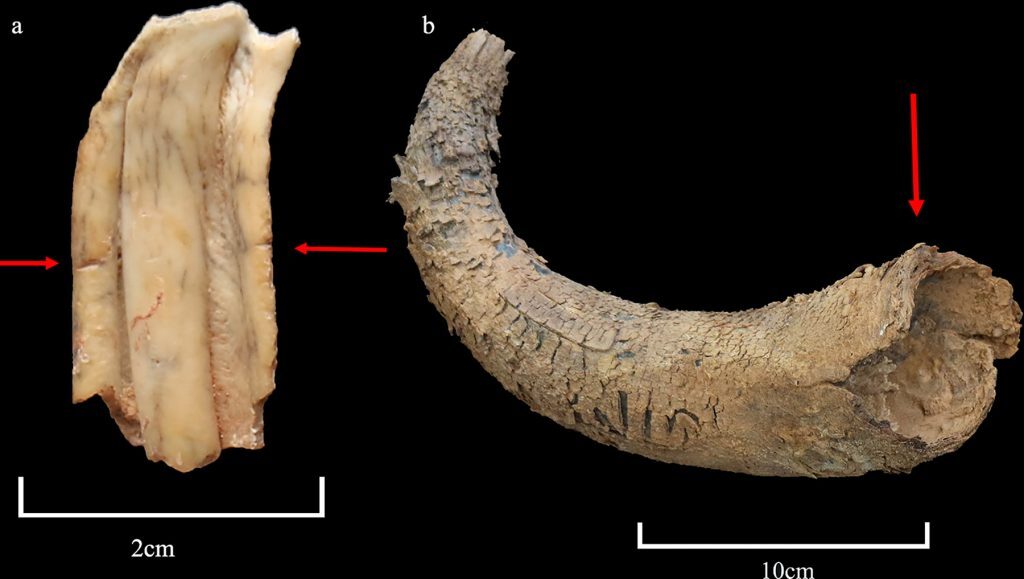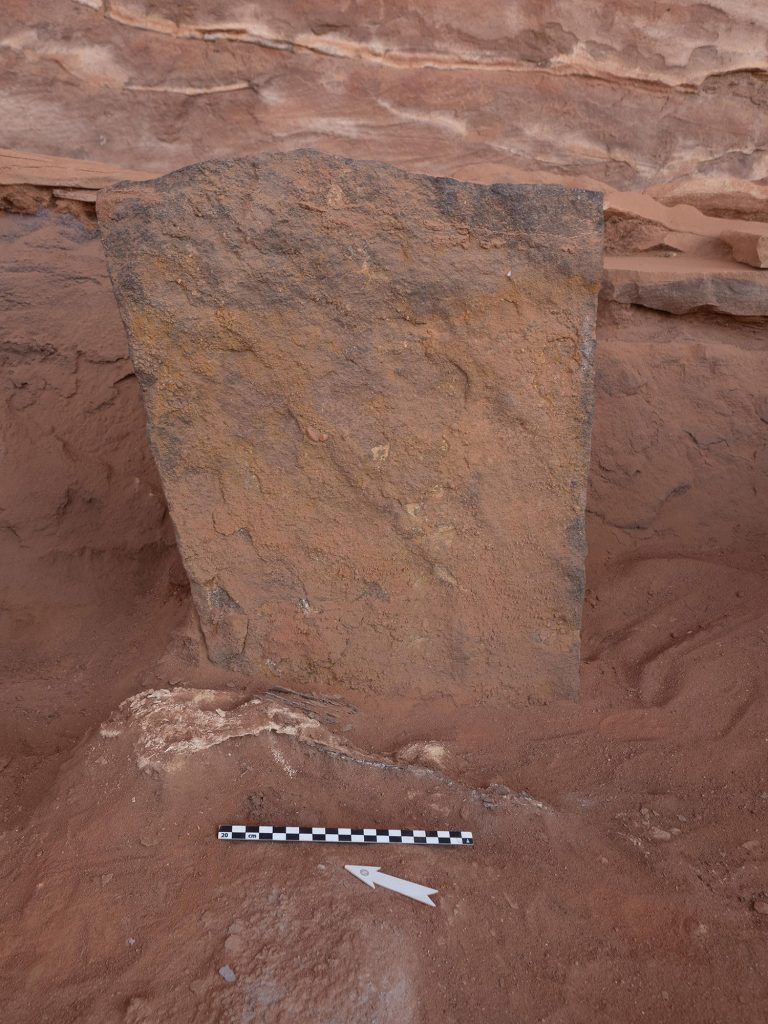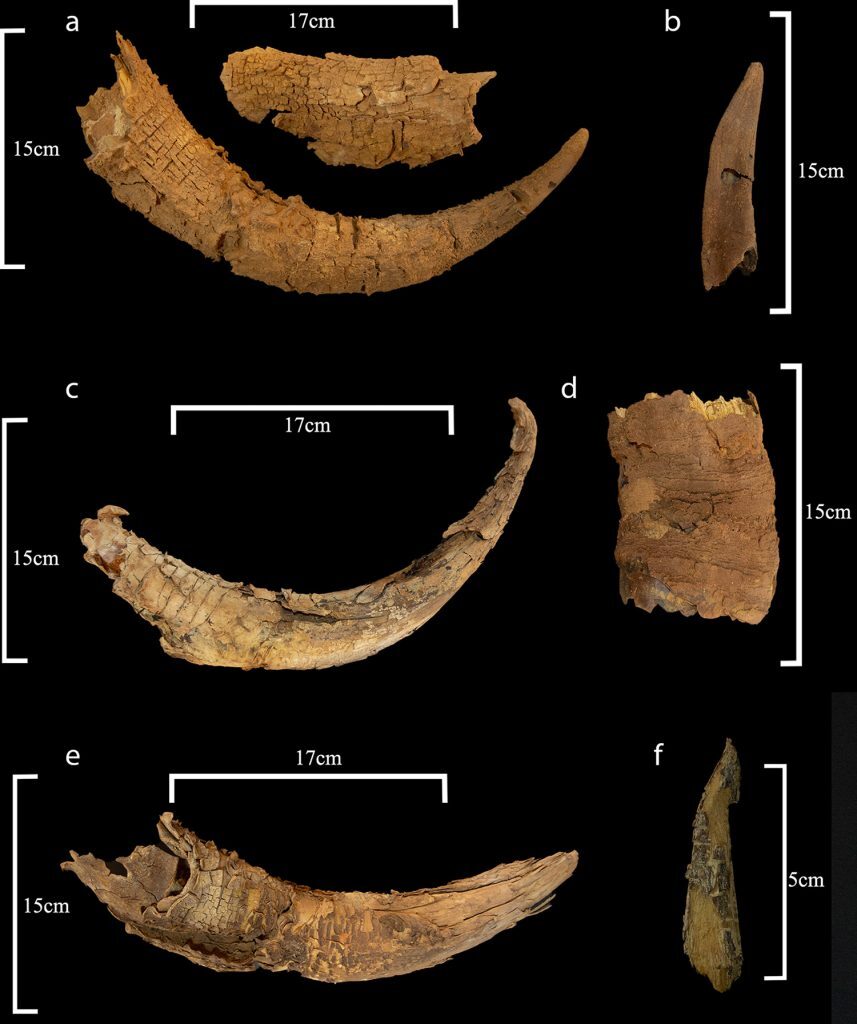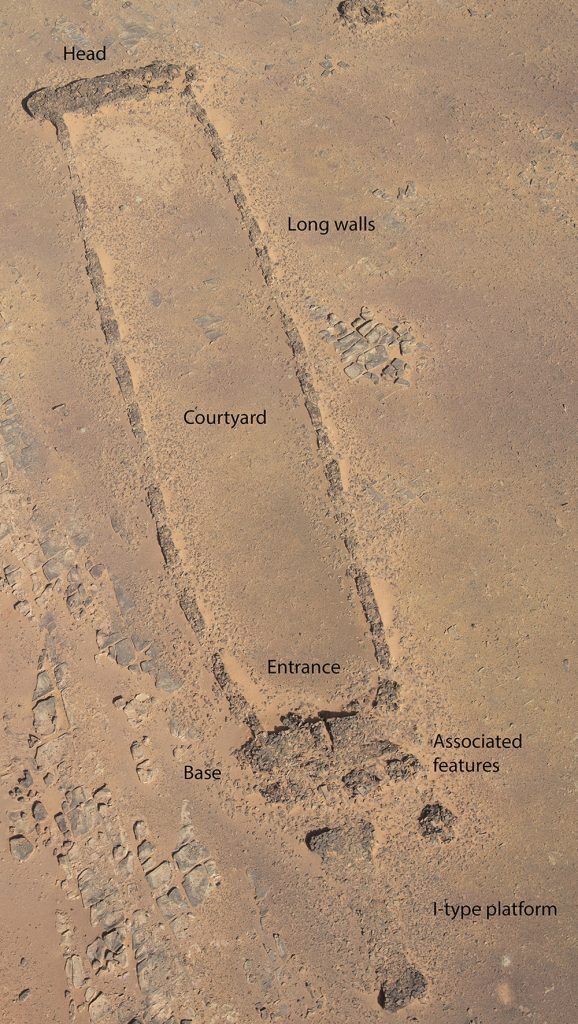
The excavation of an enigmatic stone monument in AIUIa in Saudi Arabia is offering fresh insight into the rituals and culture of Neolithic-era peoples.
Called a "mustatil," the structure is one of about 1,600 such rectangular monuments that have been recorded across northern Arabia. As part of a five-year project by the University of Western Australia and the Royal Commission for AlUla, researchers are studying one particular mustatil, dating back 7,000 years, with large slabs of sandstone encircling a long inner courtyard.
Within the 140-meter (460-foot) long complex, archaeologists identified 260 fragments of animal remains, namely the skulls, horns, and teeth of domestic cattle such as goats and gazelles.
These upper cranial bone deposits were found clustered around a central upright stone, called a "betyl" (or "house of god"), leading the researchers to believe that the structure served ritualistic or cultic purposes.

"It looks like cattle, goats, and gazelles were brought to the site, potentially slaughtered there and then presented to what is probably a stone representation of an unknown deity," Melissa Kennedy, the lead archaeologist from the University of Western Australia, told Archaeology Wiki.
According to a study published by the research team, the remains discovered in the excavated mustatil don't just represent the earliest evidence of the domestication of animals in northwest Arabia, but the earliest known examples of animal sacrifice in the region, predating previous published evidence by almost 900 years.

While not all mustatils contain betyls, the team has noted that the religion of pre-Islamic Arabia has been characterized as a "cult of betyls," with these stones representing a mediator between the living and the divine. In addition to blood sacrifice, the tradition also encompassed ritualized hunting and feasting.
A ground survey of 80 other mustatils has also turned up roughly contemporaneous animal remains, suggesting that this same belief was shared by Neolithic populations across the region. The mustatils that dot the area between northern Arabia and Rub' al-Khali, then, denote what the team termed "one of the world's earliest and largest ritual landscapes."

"Collectively, what we've seen across all these monuments is the suggestion that a large part of northern Arabia was marked by a similar cultic belief and ritual construction, as well as pilgrimage activity — a more connected landscape than was usual for this period," said Kennedy.
"It suggests that our understanding of the Neolithic period in the Arabian Peninsula needs further revision," she added.




Reader Comments
if this represents the earliest domestication of food animals, why could it not just be the earliest form of a slaughterhouse?
People even now centralize the killing of animals for consumption to slaughterhouses.
If the carcasses were not being consumed would they have not found even more animal remains at the site?
Look at it this way. If in a couple thousand years in the future archaeologists were to find the remnants of a modern day slaughterhouse would they think that it is an enormous structure dedicated to the ritual sacrifice of animals to an as of yet unknown deity? A deity represented by fragments of a long destroyed computer, since all previous dig sites showed all silly humans of that era had special tables set up with a shrine to the personal computer gods?
Slaughterhouses are vectors of fetid smells, possible sources of diseases, and provide an out of sight out of mind safety social net to the consumers of the meat.
In medieval times when castles were sieged piles of fetid animal entrails would be catapulted over the walls to spread disease like primitive biological warfare and to demoralize the population inside with the terrible smell.
Why couldn't these just be the earliest signs of commercial slaughter with a mind for sanitation?
A ramp to lead animals in, a large end to hold them, and a far end to facilitate their slaughter (with an east west alignment to make the most out of the daylight).
Just a guess.
Also, temples were slaughter houses too. They sacrificed the best meat to the god and I'm quiet sure the priests ate the rest instead of wasting the remaining meat.
Just looking for opinions. This site has interesting traffic.